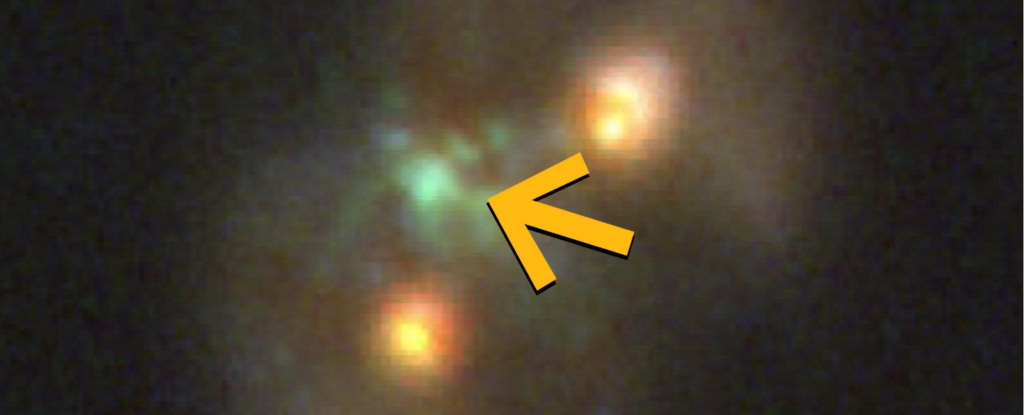T4K3.news
Milky Way Center Reveals Ice Cloud Clues
New findings place cold hydrogen clouds inside the Fermi bubbles and suggest a more recent black hole eruption.
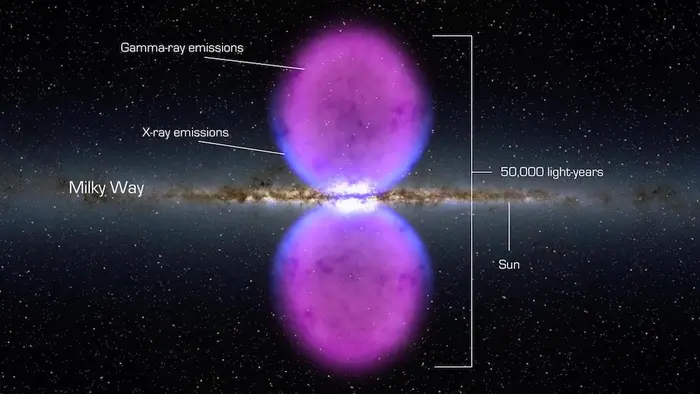
New study using the Green Bank Telescope finds cold hydrogen clouds inside the Fermi bubbles, offering a clock for when the Milky Way's central black hole last erupted.
Ice Cloud Clues Inside Milky Way Center Point to a Recent Black Hole Eruption
The Fermi bubbles are two vast lobes of hot plasma and cosmic rays that stretch about 50,000 light-years above and below the Milky Way's center. They reach temperatures over a million kelvin, and their origin is tied to past activity from the galaxy's central black hole. Using the Green Bank Telescope, researchers identified large clouds of cold hydrogen nested inside these bubbles, ranging from 13 to 91 light-years across, a surprising contrast to the surrounding heat.
The team argues these clouds are likely remnants of much larger structures that were swept up into the bubbles and have survived long enough to be observed. Their persistence implies the black hole's last eruption occurred only a few million years ago, a relatively recent event in cosmic terms. If confirmed, this finding could tighten the timeline for the bubbles' age and reshape models of how the Milky Way feeds and ejects material.
Key Takeaways
"Think of it like dropping an ice cube into boiling water a larger one lasts longer"
lead author Rongmon Bordoloi describing cloud survival
"We believe these clouds may be remnants of much larger structures that are currently being eroded by the galactic wind"
as described in the study
"What's clear is that features like the Fermi Bubbles suggest the center of the Milky Way has been much more active in the recent past than we once believed"
Bordoloi commenting on broader implications
This discovery underscores how dynamic the Milky Way's center is. Instead of a quiet core, the galaxy shows signs of episodic, violent activity that leaves traces across enormous scales. The cold clouds within the hot bubbles act as a clock, helping astronomers date events that shaped the inner galaxy. Yet the result hinges on interpreting rare, multi-wavelength data and will need confirmation from further observations.
If the clustering of evidence holds, the work could push back estimates of when the central black hole erupted. That would influence theories about how often the galaxy experiences such bursts and how quickly galactic winds mix material into the halo. The findings invite cautious optimism about refining galactic histories rather than delivering a single definitive moment.
Highlights
- Ice cubes in boiling plasma set the galaxy's clock
- If clouds survive the wind the center of the Milky Way just told its age
- The heart of our galaxy keeps time in surprising ways
- A hidden clock inside the Fermi bubbles could rewrite galactic history
Time will tell how these clues reshape our view of the galaxy's history
Enjoyed this? Let your friends know!
Related News

Astronomers discover new Midpoint cloud in our galaxy
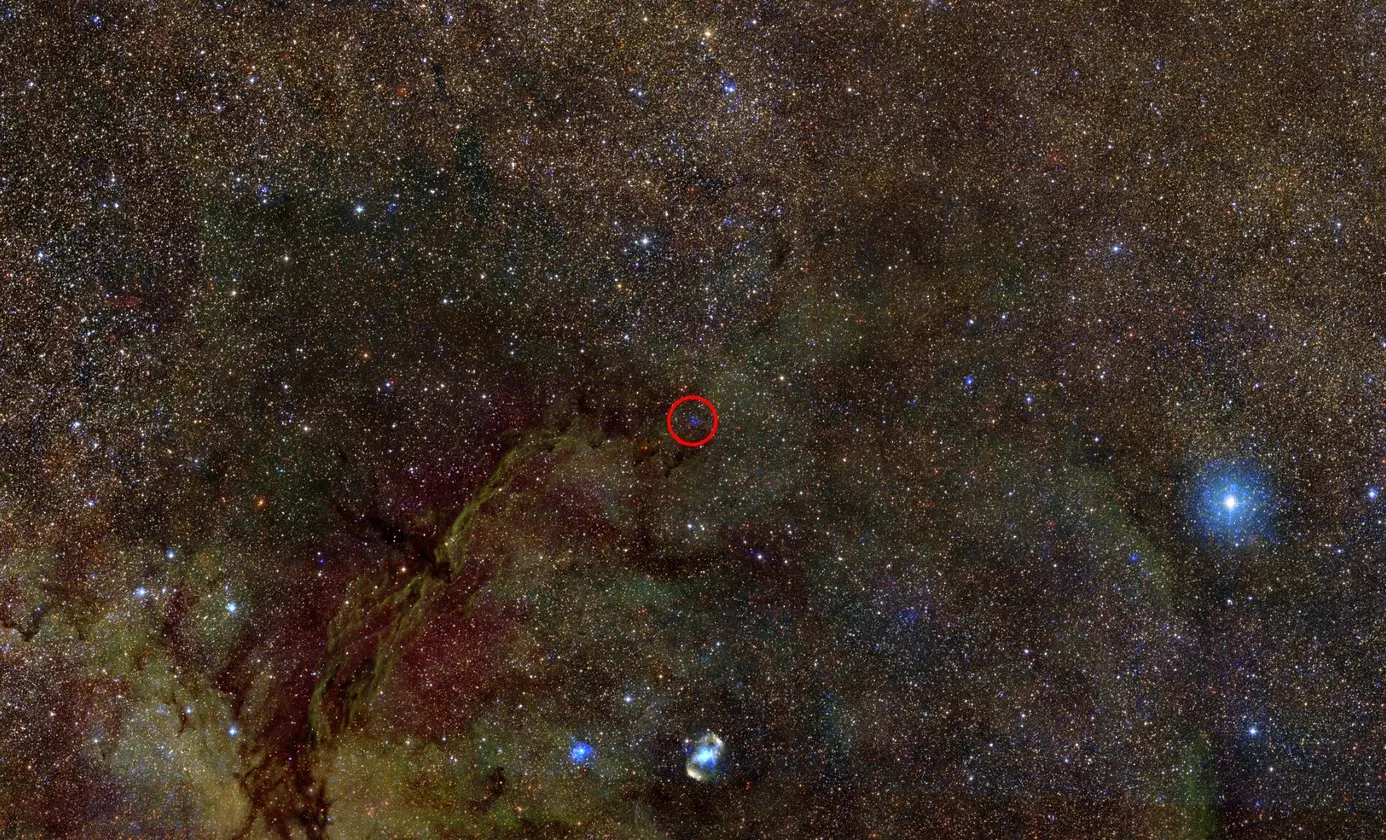
XRISM Uncovers Sulfur in Gas and Solid States

Astronomers unveil new cloud in the Milky Way
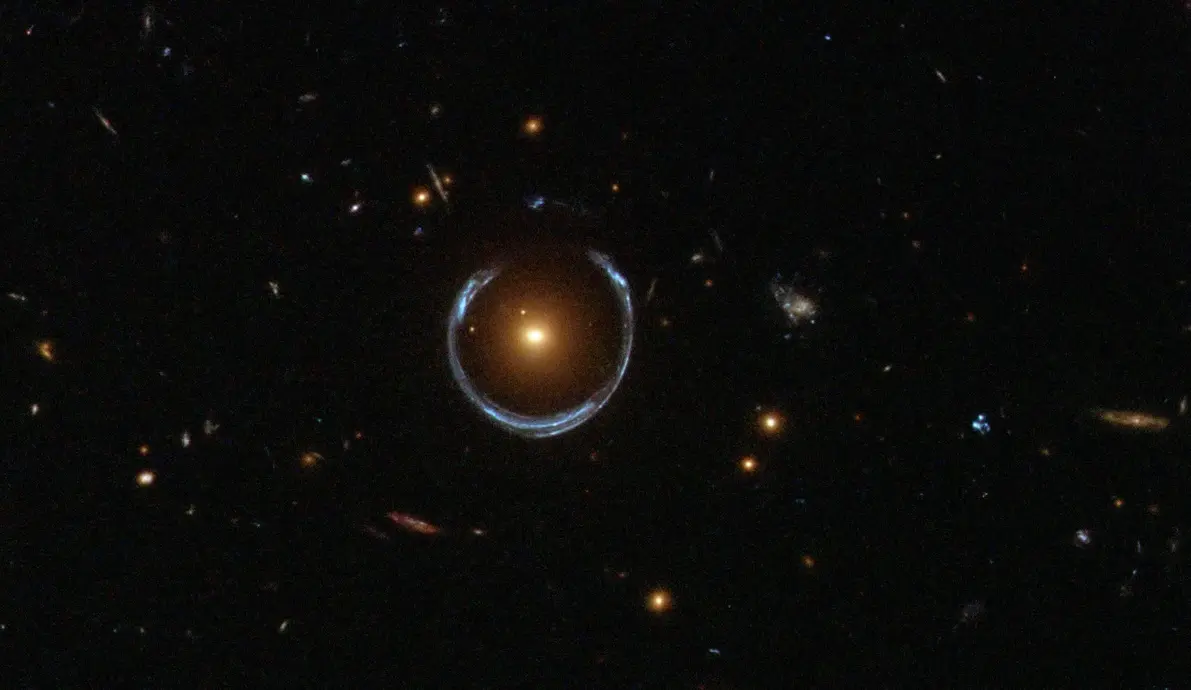
New black hole discovery made with mass of 36 billion suns

Discovery of Comet 31/ATLAS Sparks Interest
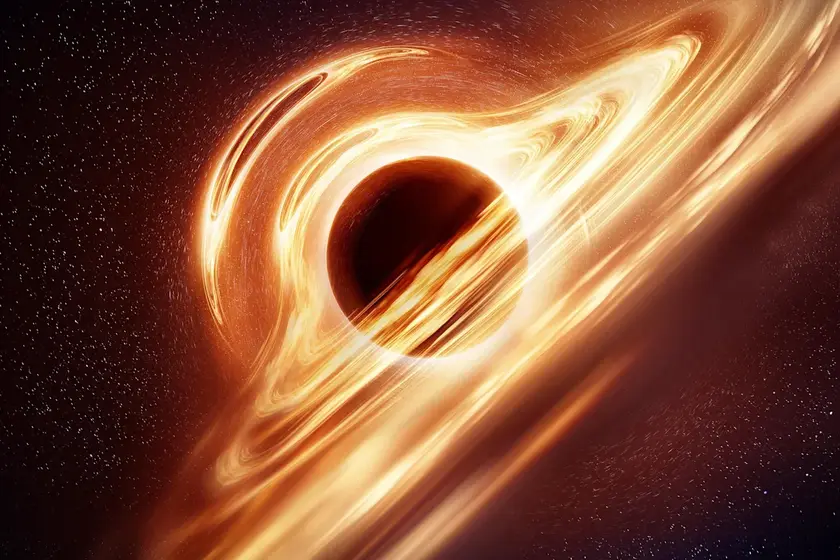
James Webb Telescope may have found early cosmic light sources
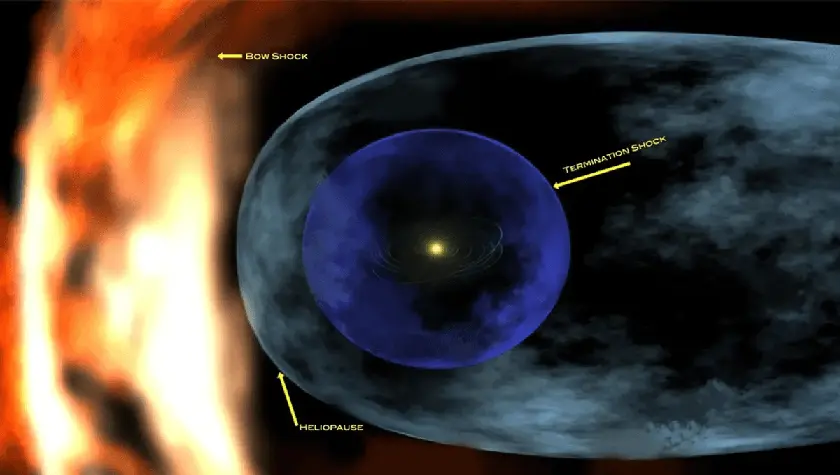
Research suggests interstellar clouds may have cooled Earth

Ultramassive Black Hole Discovered
